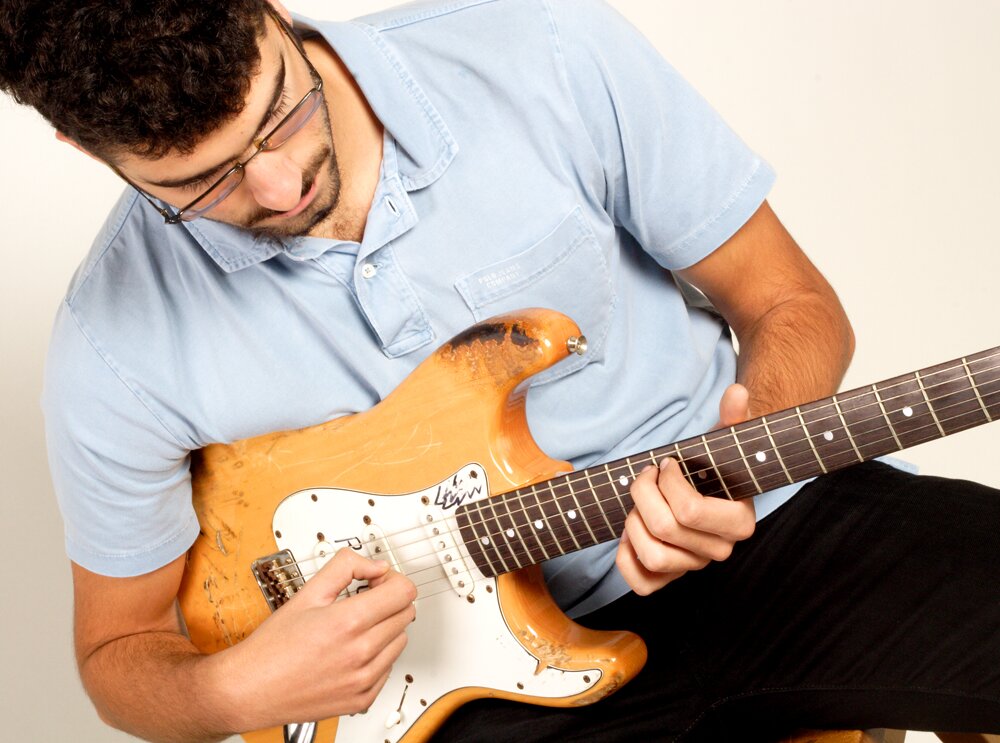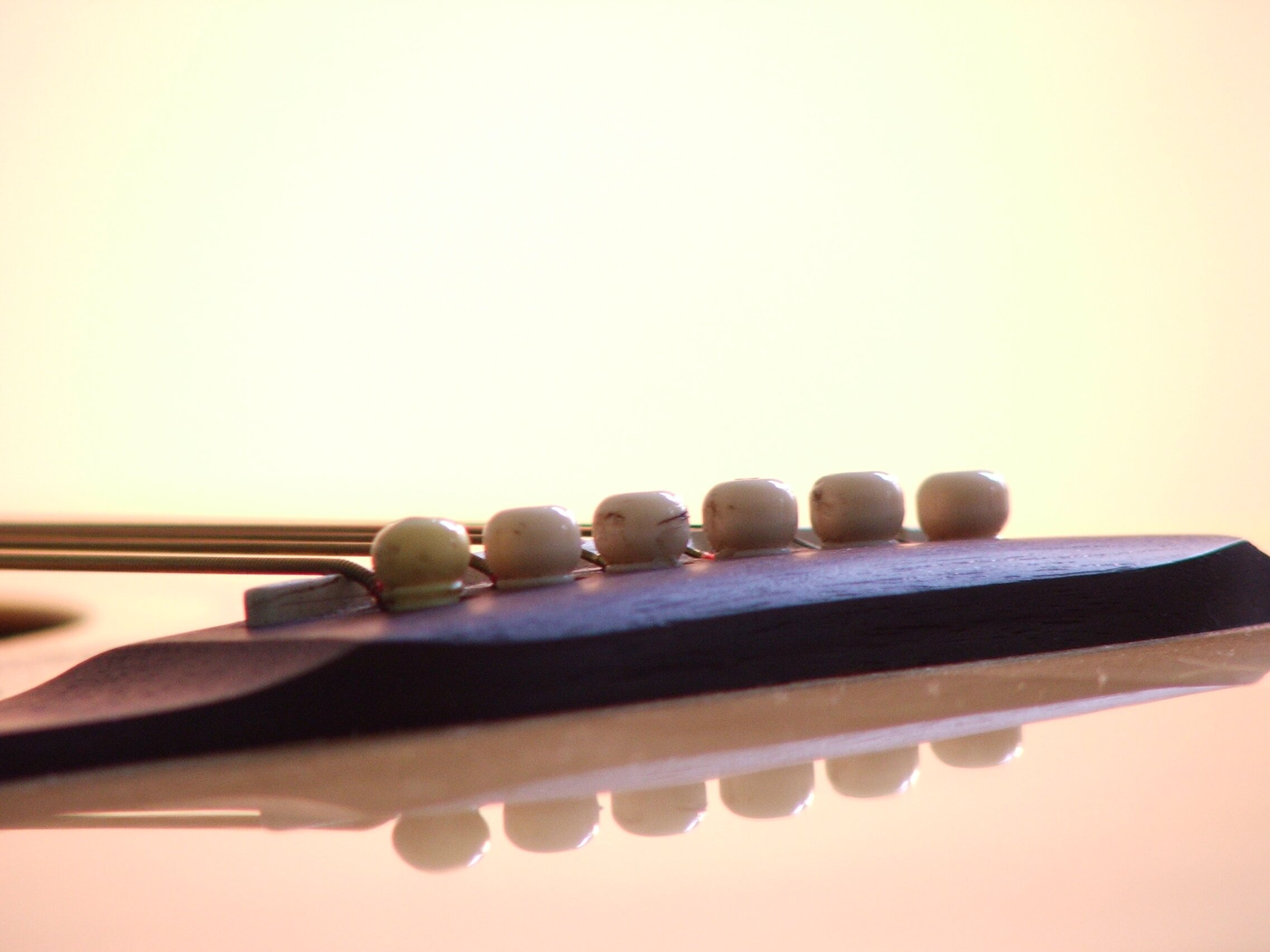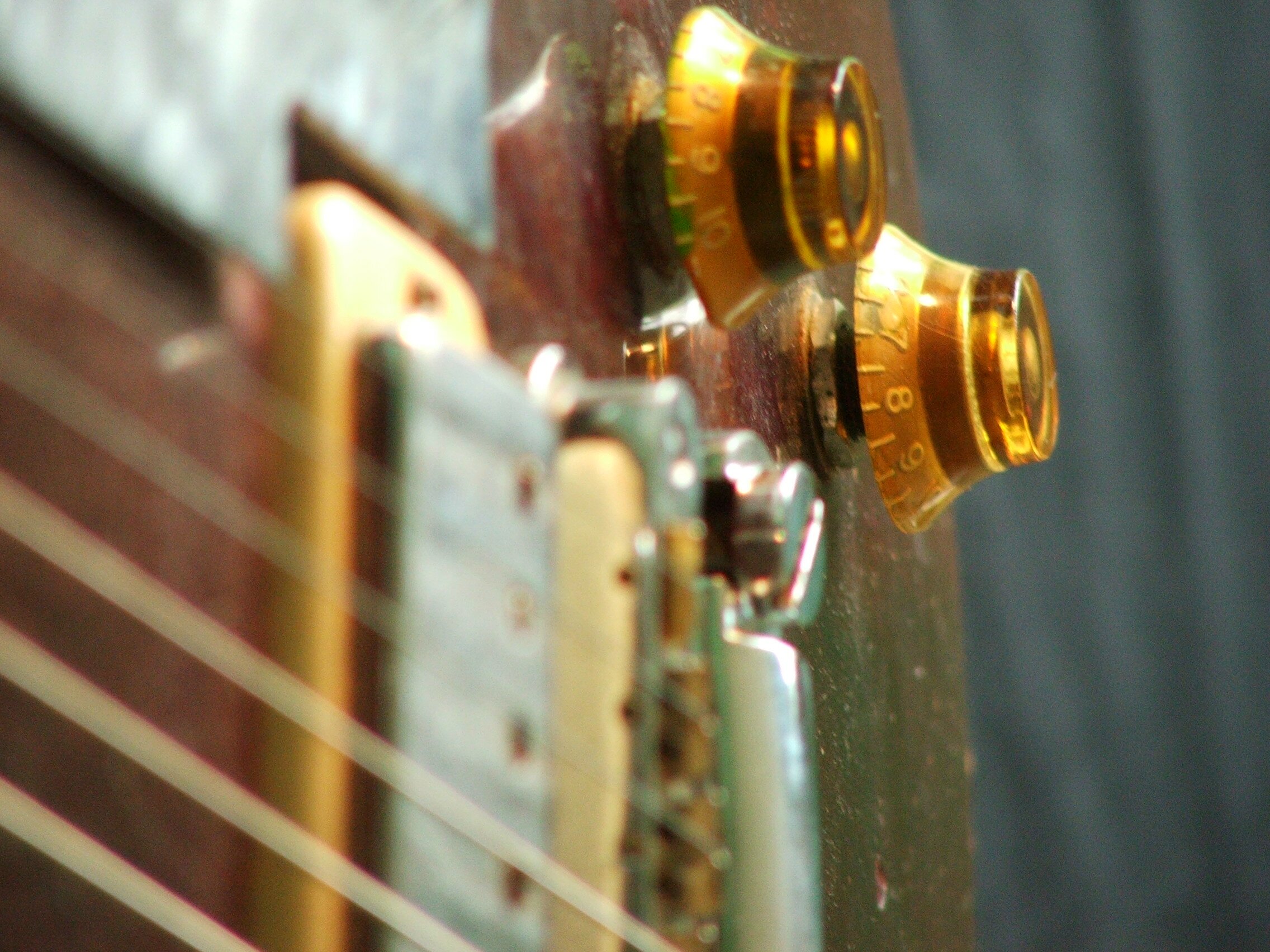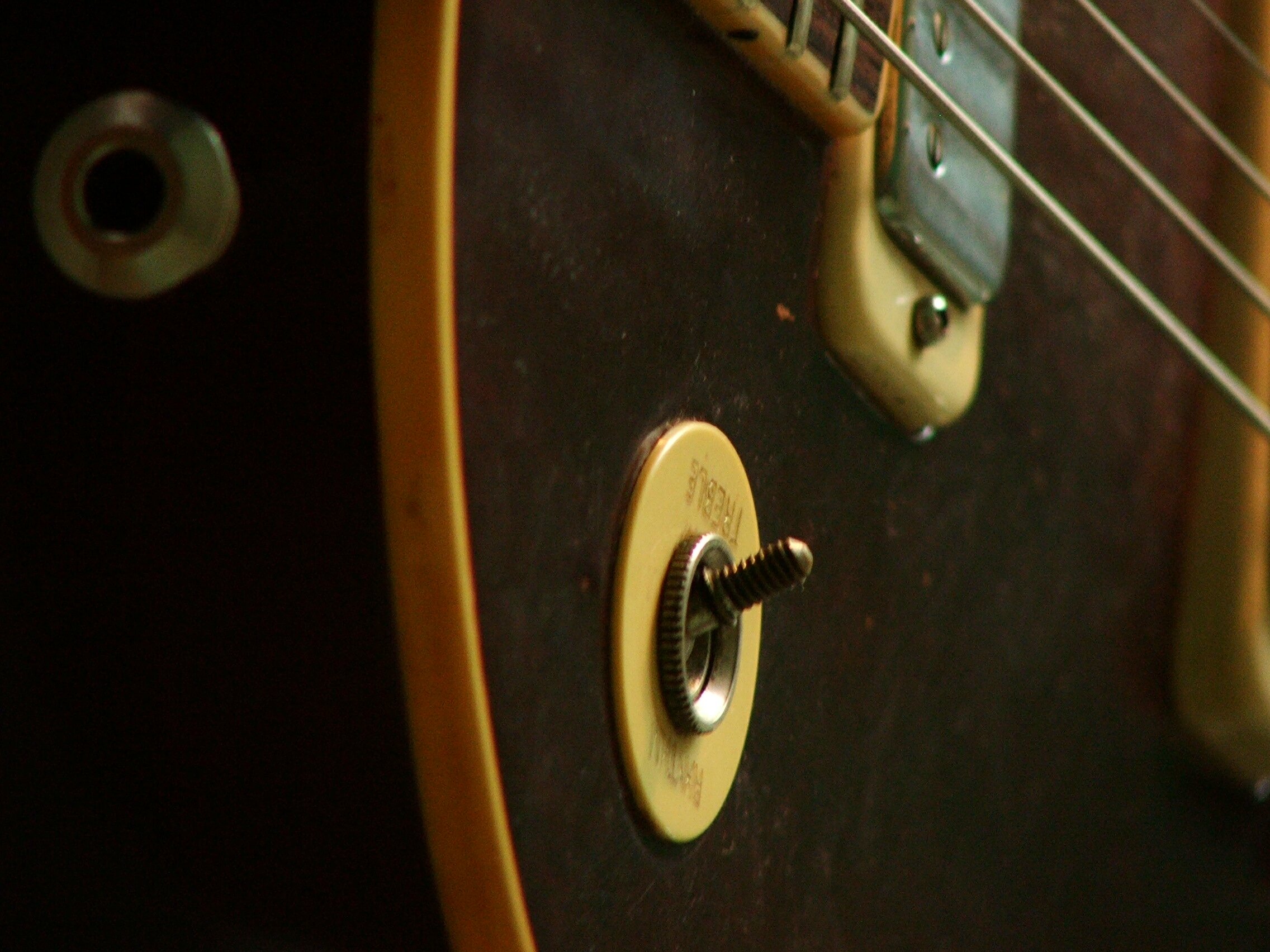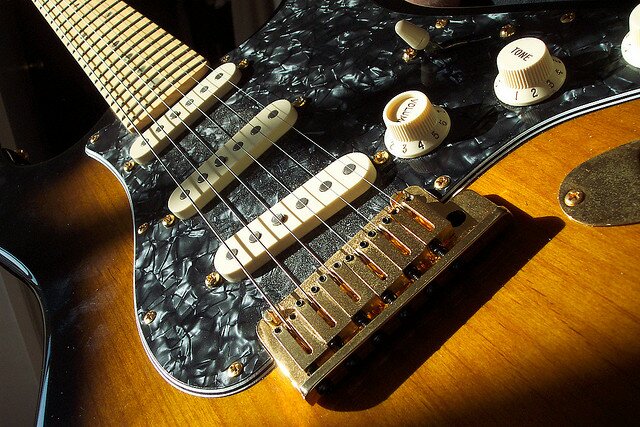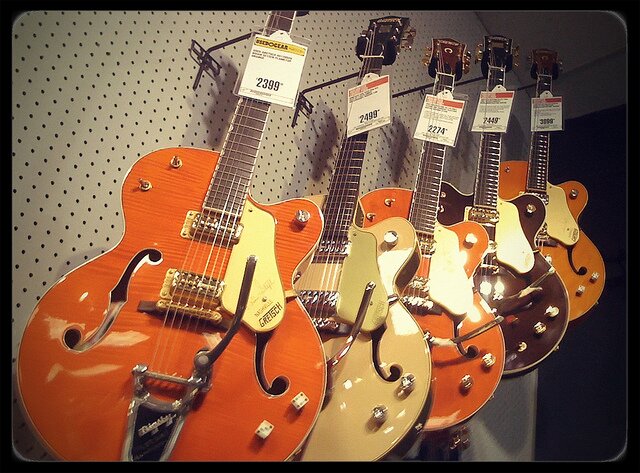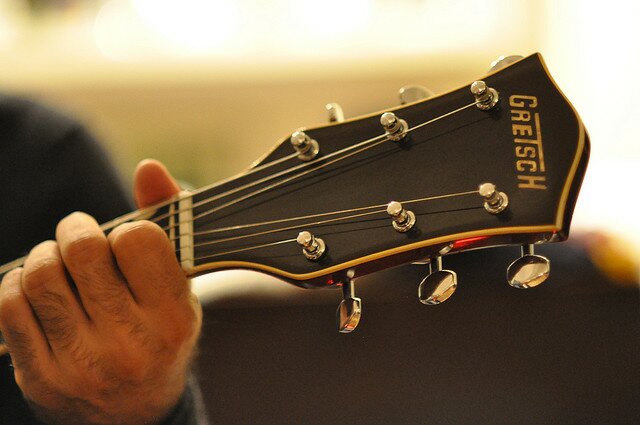Transposing Scales into Different Keys
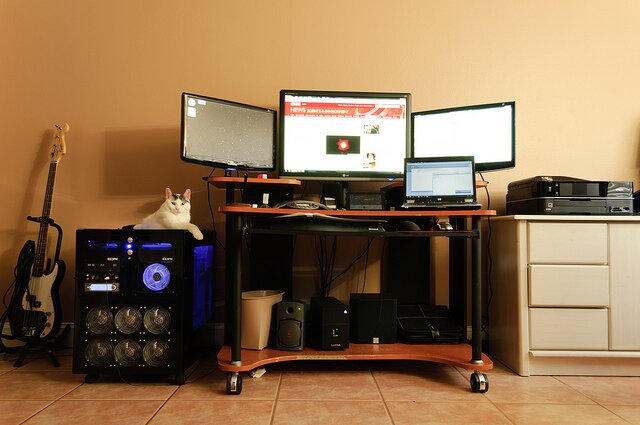
Last lesson we looked at the five positions of the pentatonic major scale. This lesson we will take a closer look into these scales and how you can link them up and use them within improvisation. Again, as with the minor pentatonic scale the key thing you need to think about when using these scales above a chord sequence is the whereabouts of the root notes and the thirds.
The first thing to do is take a look at how this shapes look when placed together on the neck of the guitar. When we were learning these shapes we were focusing on the key of G major so to keep things in line, the diagram below shows the notes from all five positions of the pentatonic major scale in the key of G major.
Practising to link up all five positions is a really important step in learning the scale. By practising all the positions together you solidify in your mind how they all link up and it saves you from becoming really familiar with just one or two positions and not the rest. By practising the exercise below you should get to know the scale across the whole neck of the guitar. The exercise starts by ascending position one and descending position tow and so on until you reach the top. Once you have got used to playing this exercise, try testing your knowledge of the root notes and the thirds by pausing for a beat every time you reach one of these notes. Follow the second video to see how this is done.
To get you started at improvising with this scale, below are some phrases taken from the G pentatonic major scale. Three are from individual positions and three link positions together. These phrases are focused around the key notes we have discussed; the root notes and the thirds. By doing this, the phrases sound stable within the key we are playing. This is not to say the other notes won’t work, but you should find that the root notes and thirds sound more resolved.
Taken from position one:
Taken from position two:
Taken from positions two and three:
Taken from positions two, three and four:
Taken from positions three, four and five:
When faced with a chord sequence in a major key to improvise over, the first thing you need to do is work out where these positions are placed for the key of the song. For example, if you need find the scale in the key of C major, position one would start from the 8th fret. Then it is simply a case of matching up the root notes of the other positions with C’s. Because the 8th fret is towards the top end of the neck, you can place some of the positions below; don’t feel that the 5th position has to be the highest on the neck. Quite often it is best placed behind the 1st position, as long as you match up the root notes it doesn’t matter whether you place it high or low. Obviously you can use most shapes both high and low if you like! Again, as long as the root notes match up you’re doing ok!!
Once you have the scale positioned for the key of the song, the next thing you need to think about is how your are going to adapt your improvisation to fit with the chord changes. You can keep playing focusing on the key of the song but it is far better if you change with the chords, this way your improvisation will flow with the chords you are accompanying.
The first choice is to work out where the root notes for the new chords are within the scale. You can then adapt your phrases to finish on the root notes of the chord you are playing over whilst still using the same positions.
The second option is to actually transpose the scale each time you reach a new chord. This involves quick thinking but can often be a better option, as you can be sure that all the notes in the newly transposed scale will work well over the new chord.
The chord progression below is in the key of G major. This means you can start by using the pentatonic major scale in the position that you originally learnt it in. When improvising along with this progression, try and adapt and progress your improvisation as much as possible with the chord sequence. Do this by using either of the positions described above.
image credit – kelemvor4








